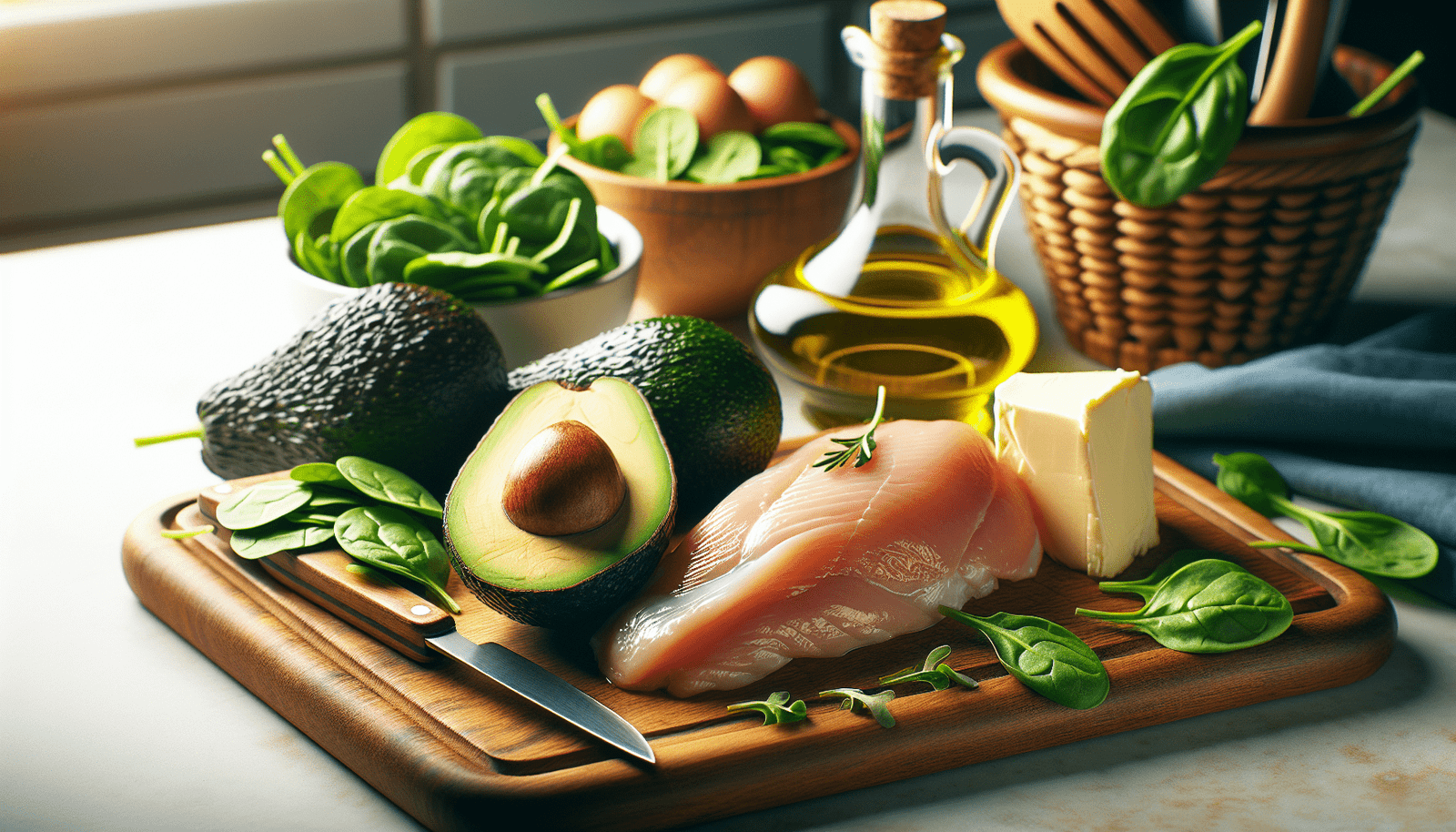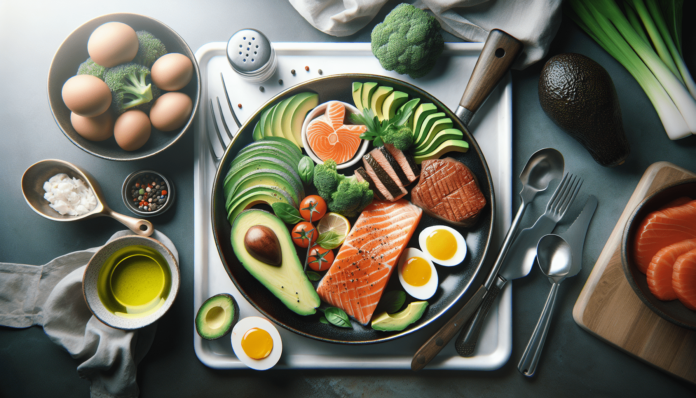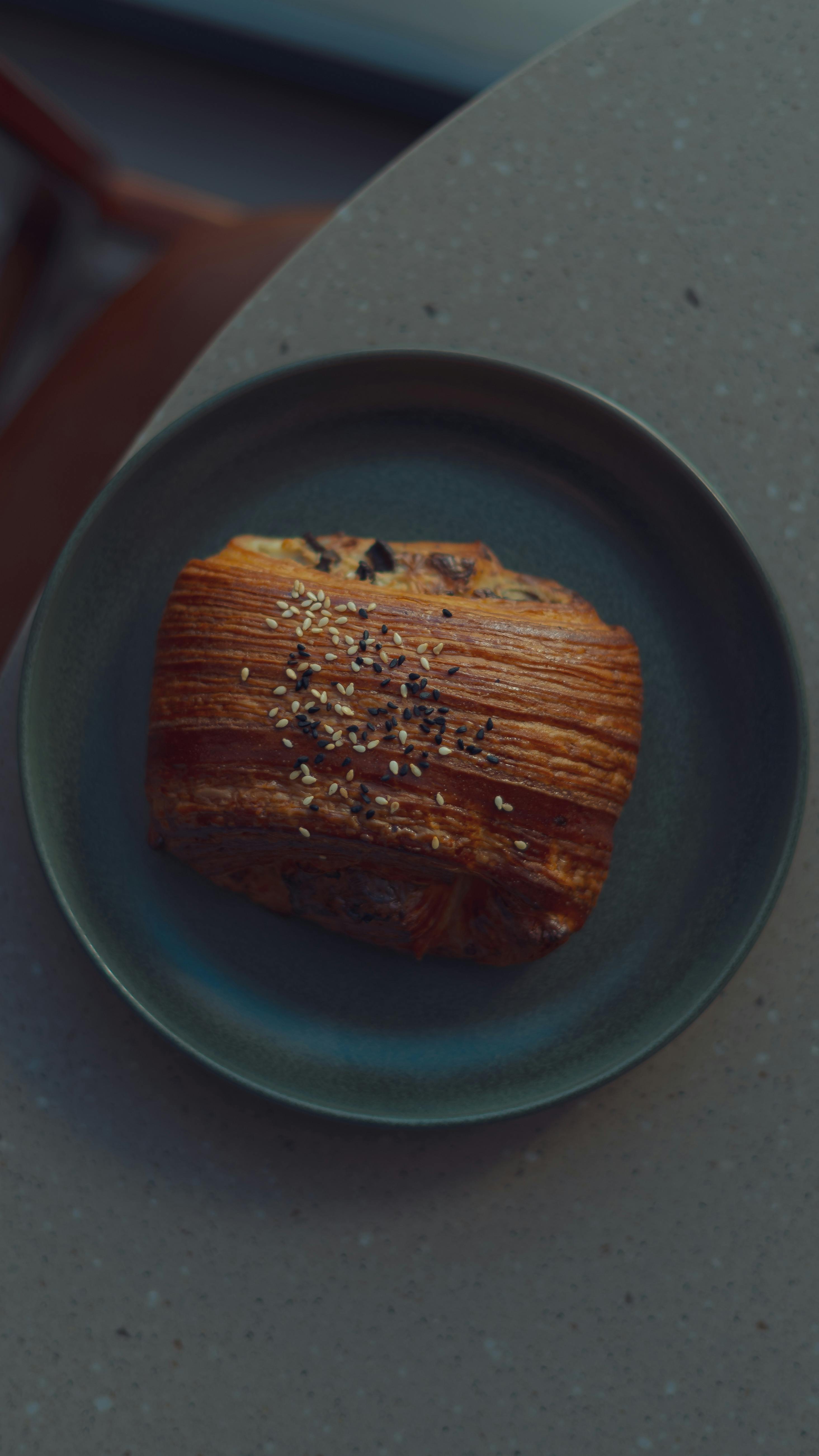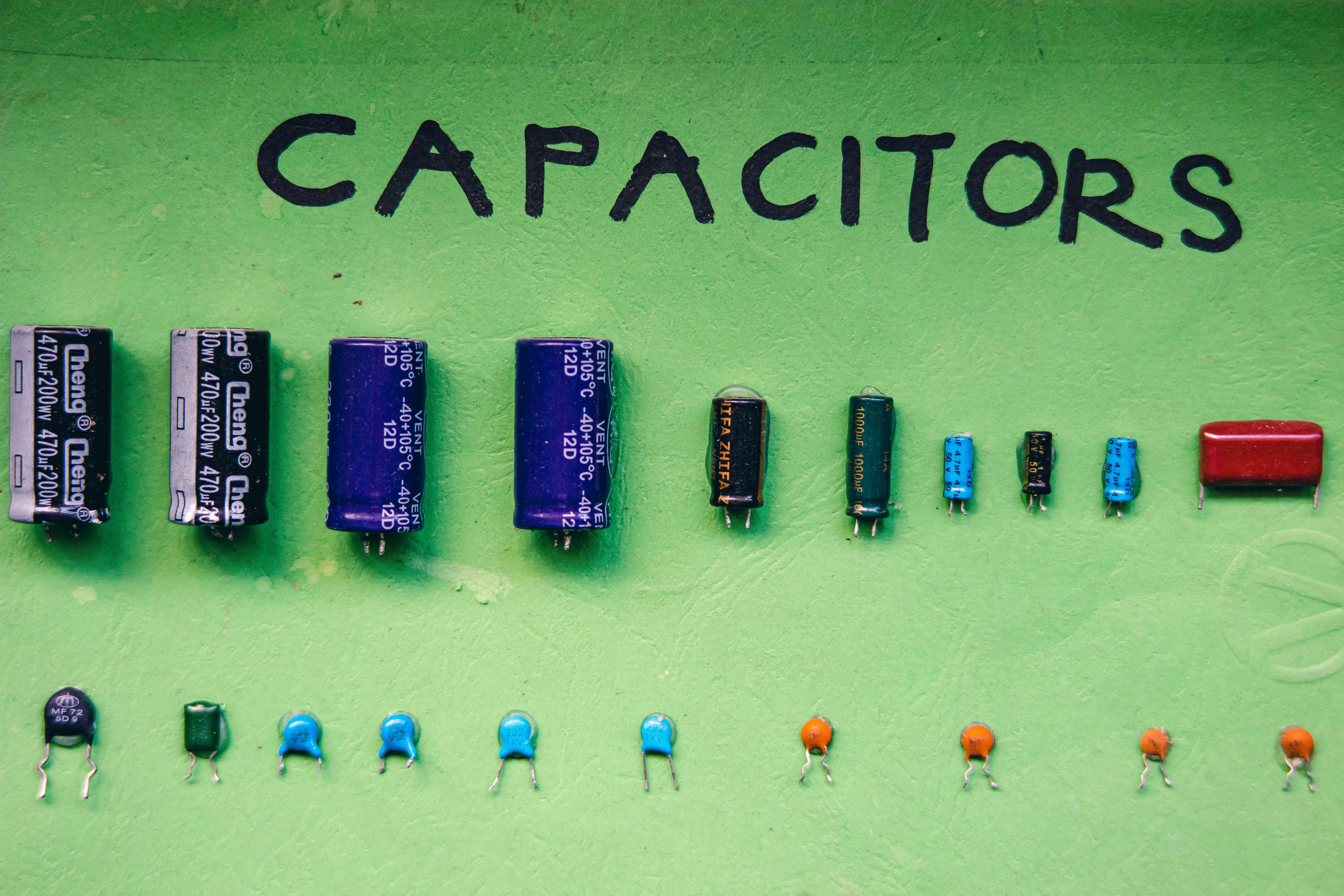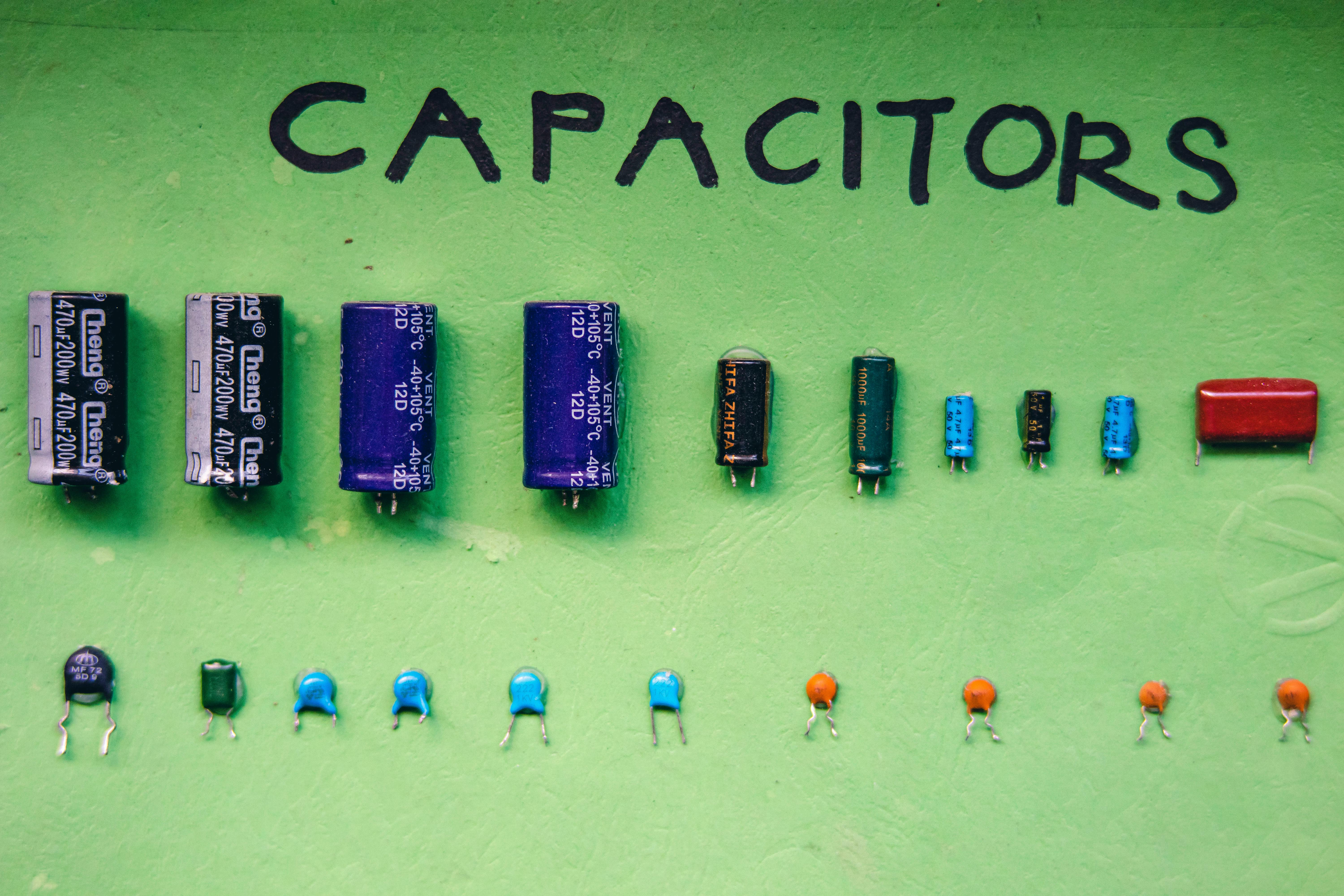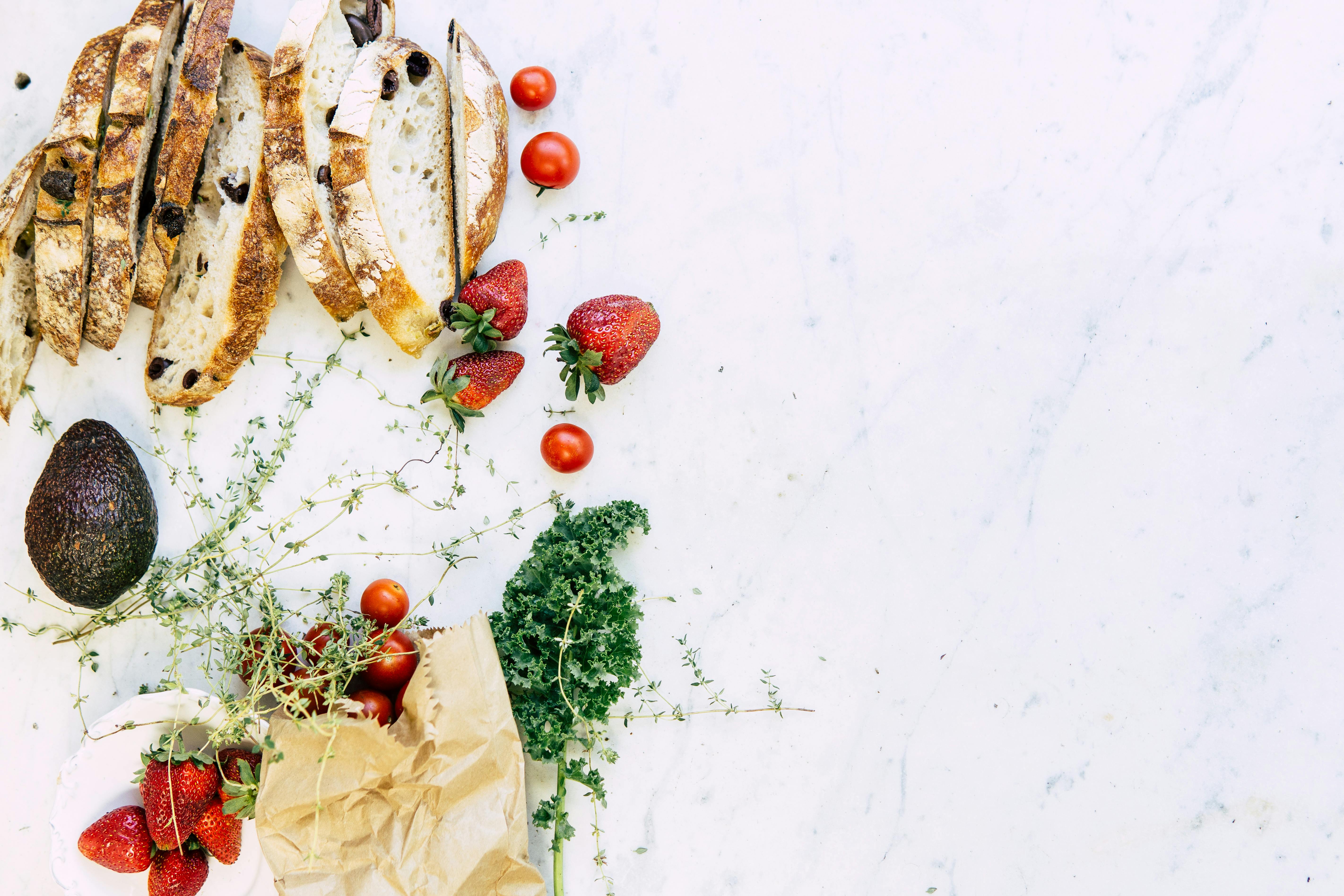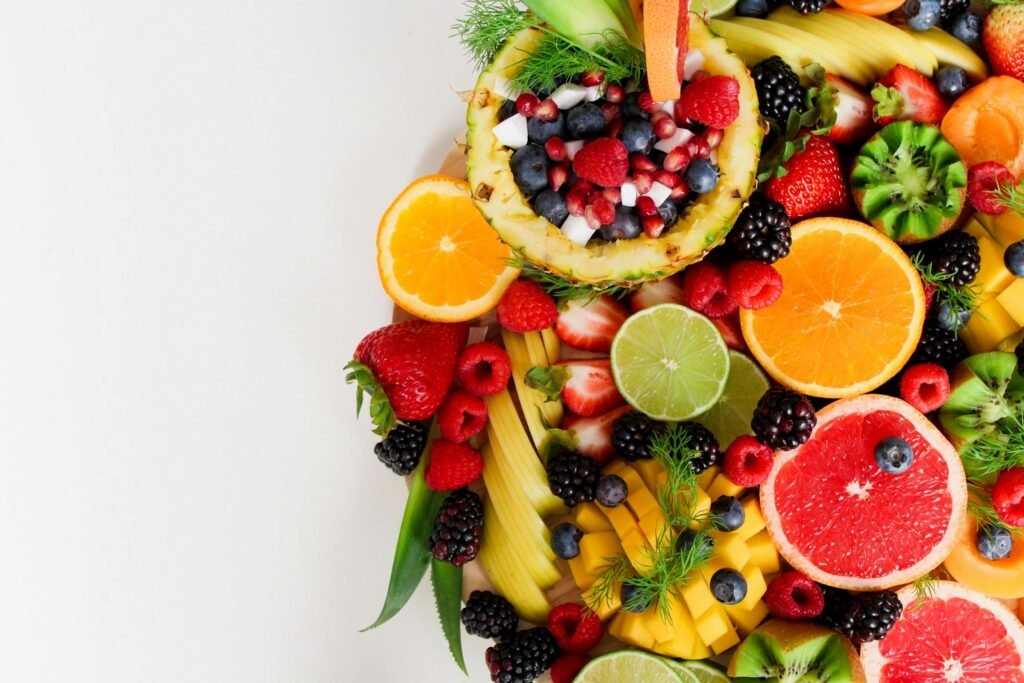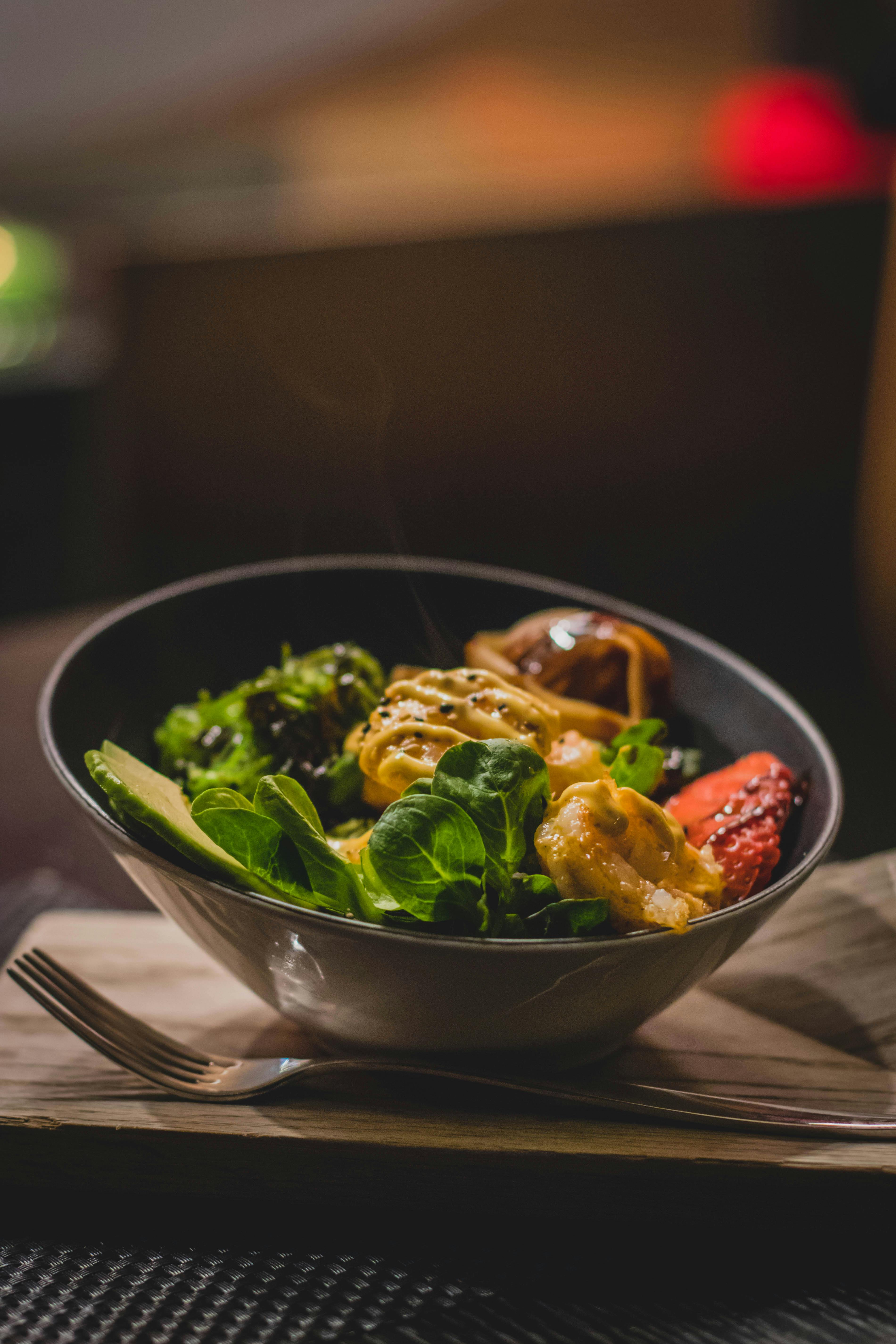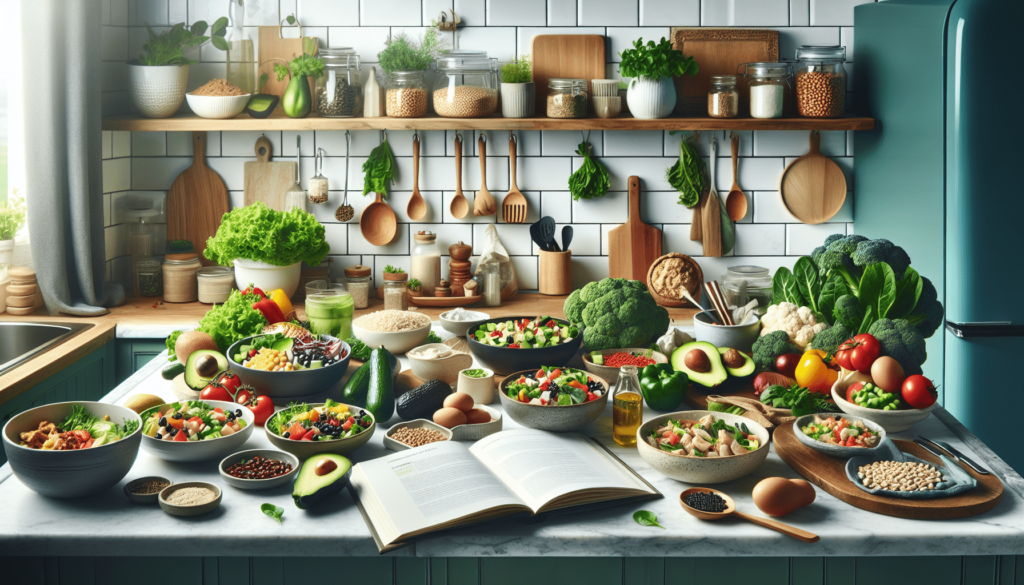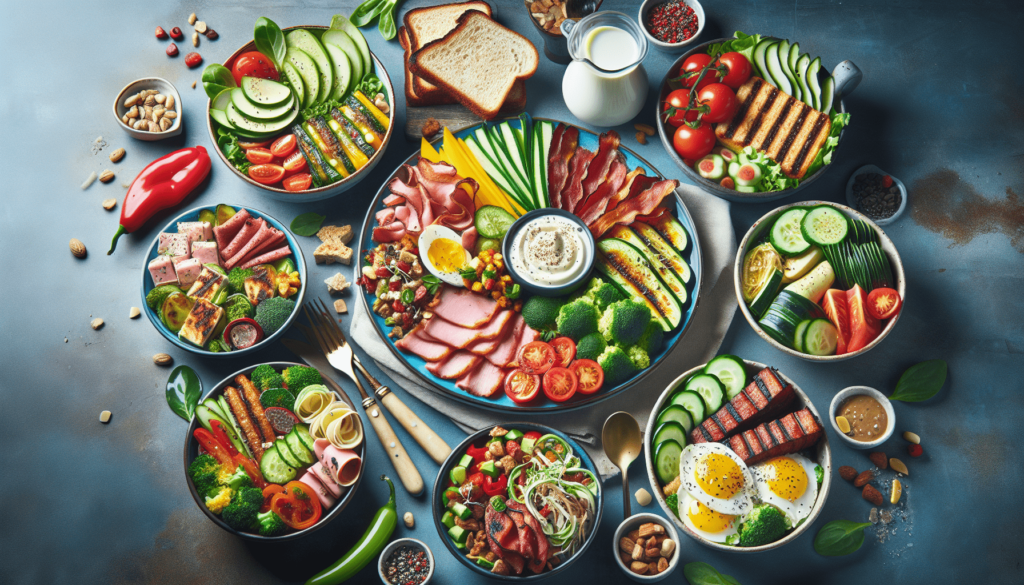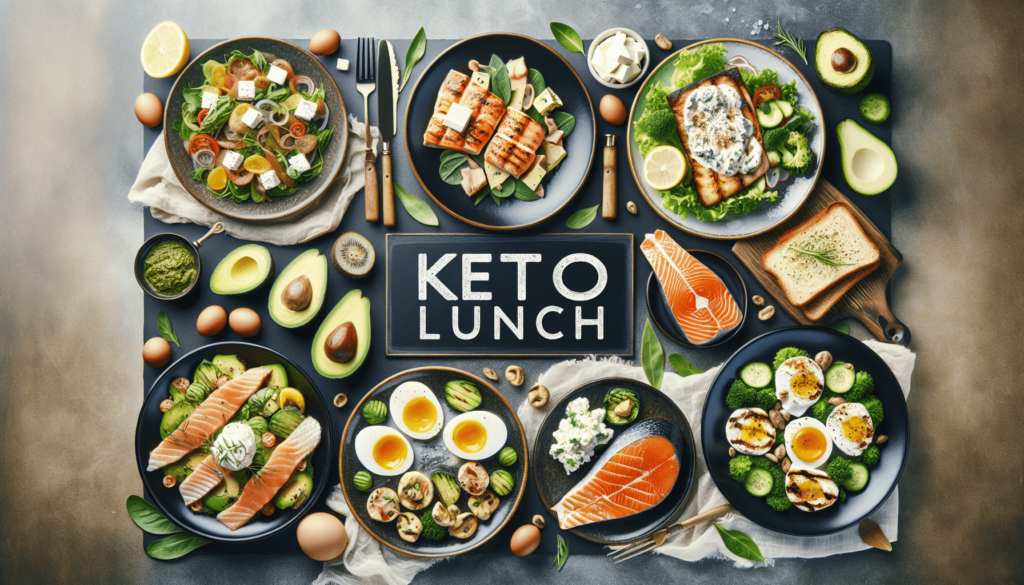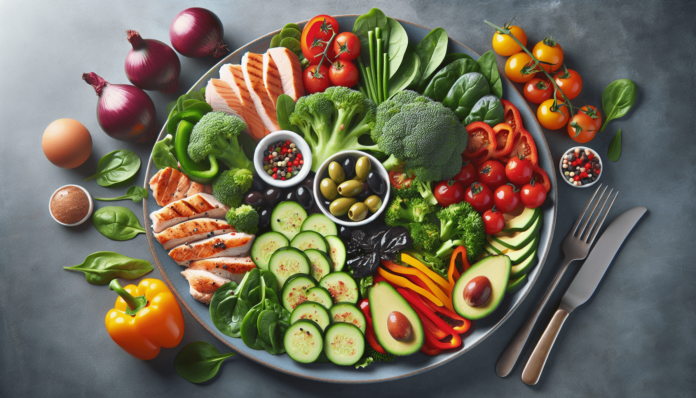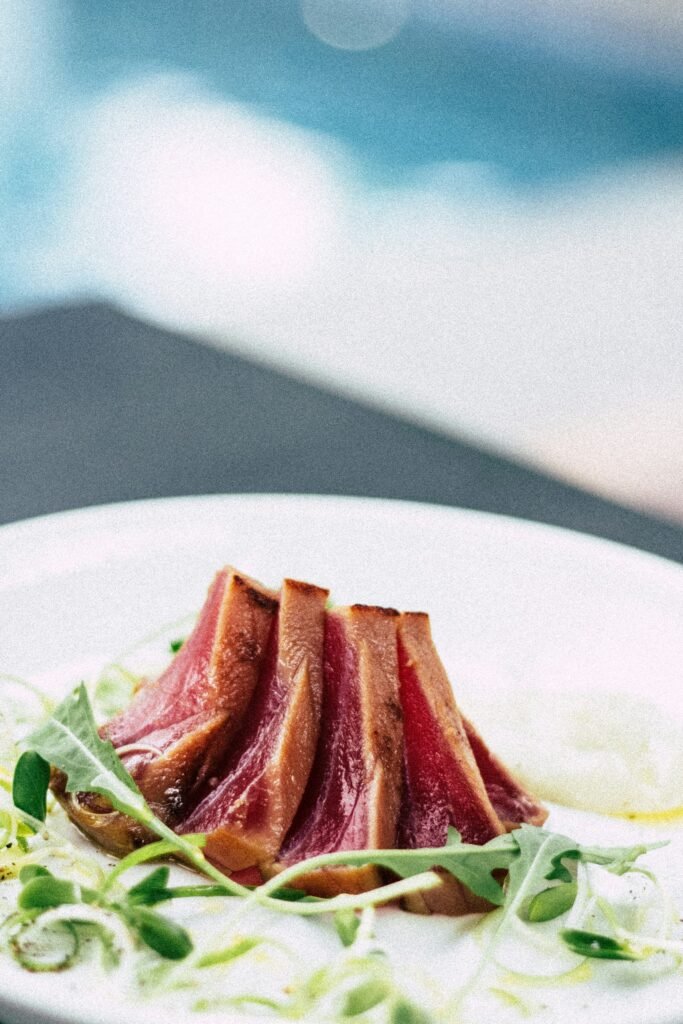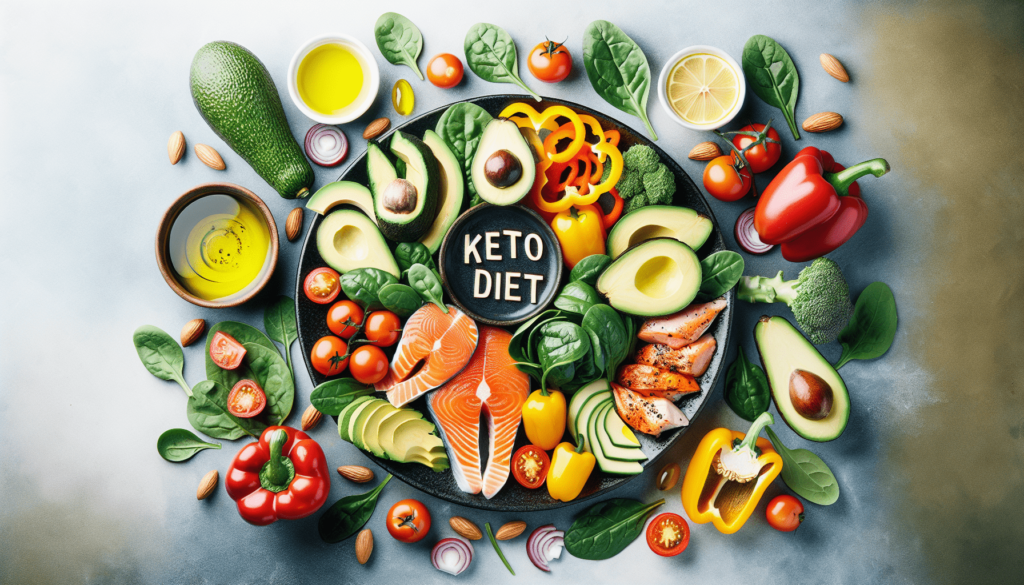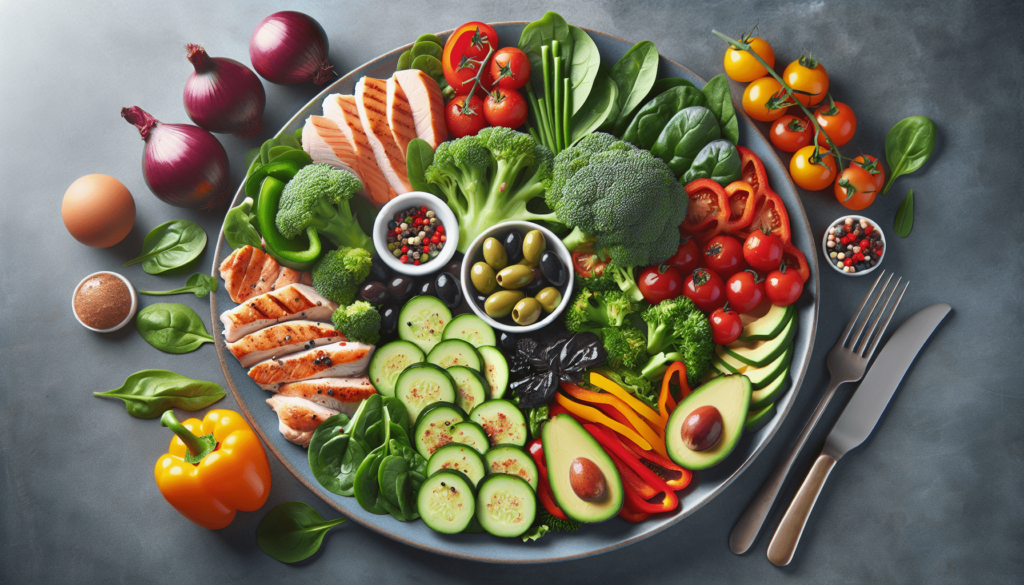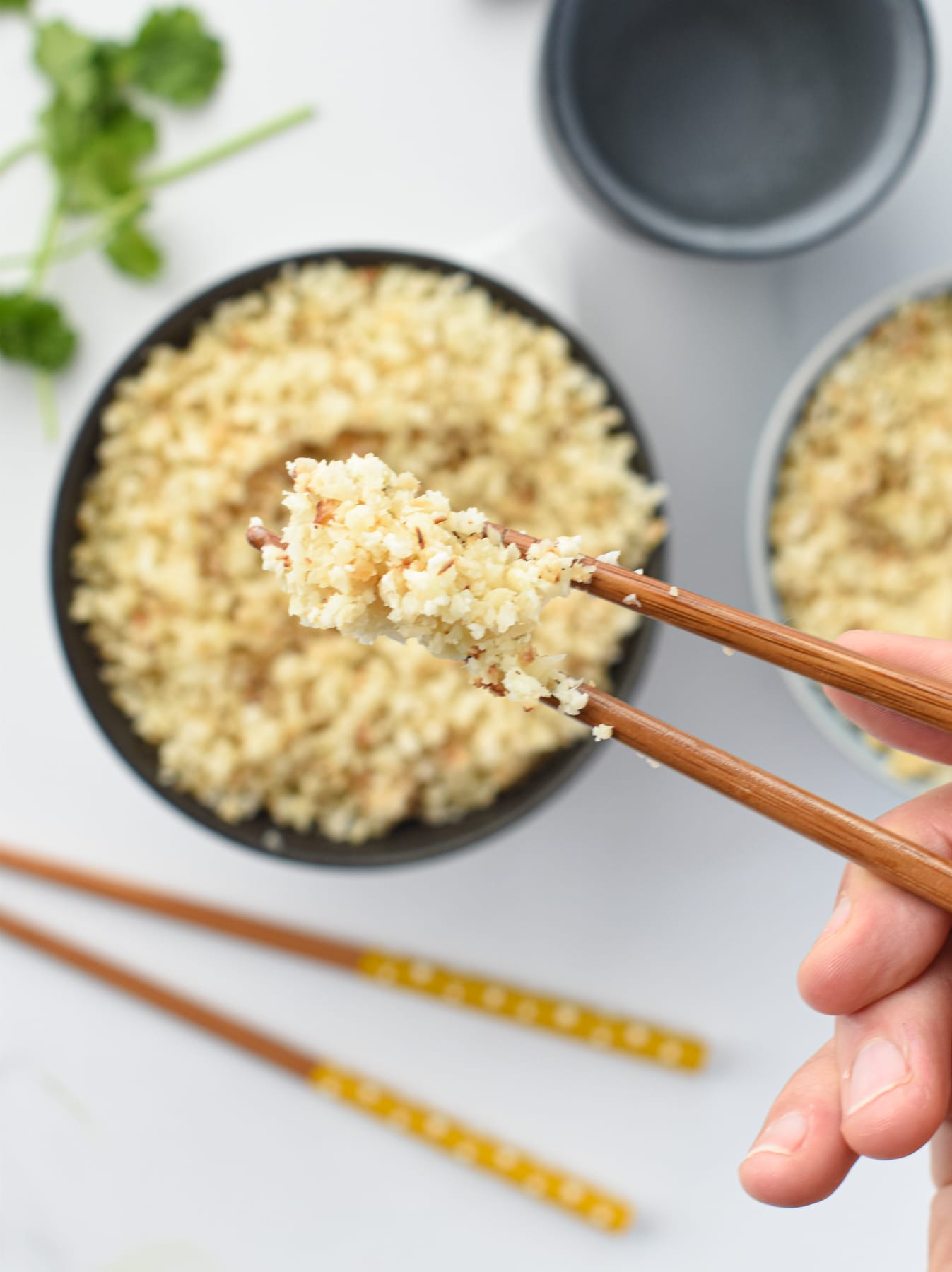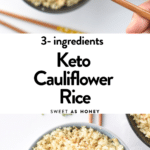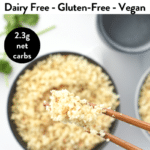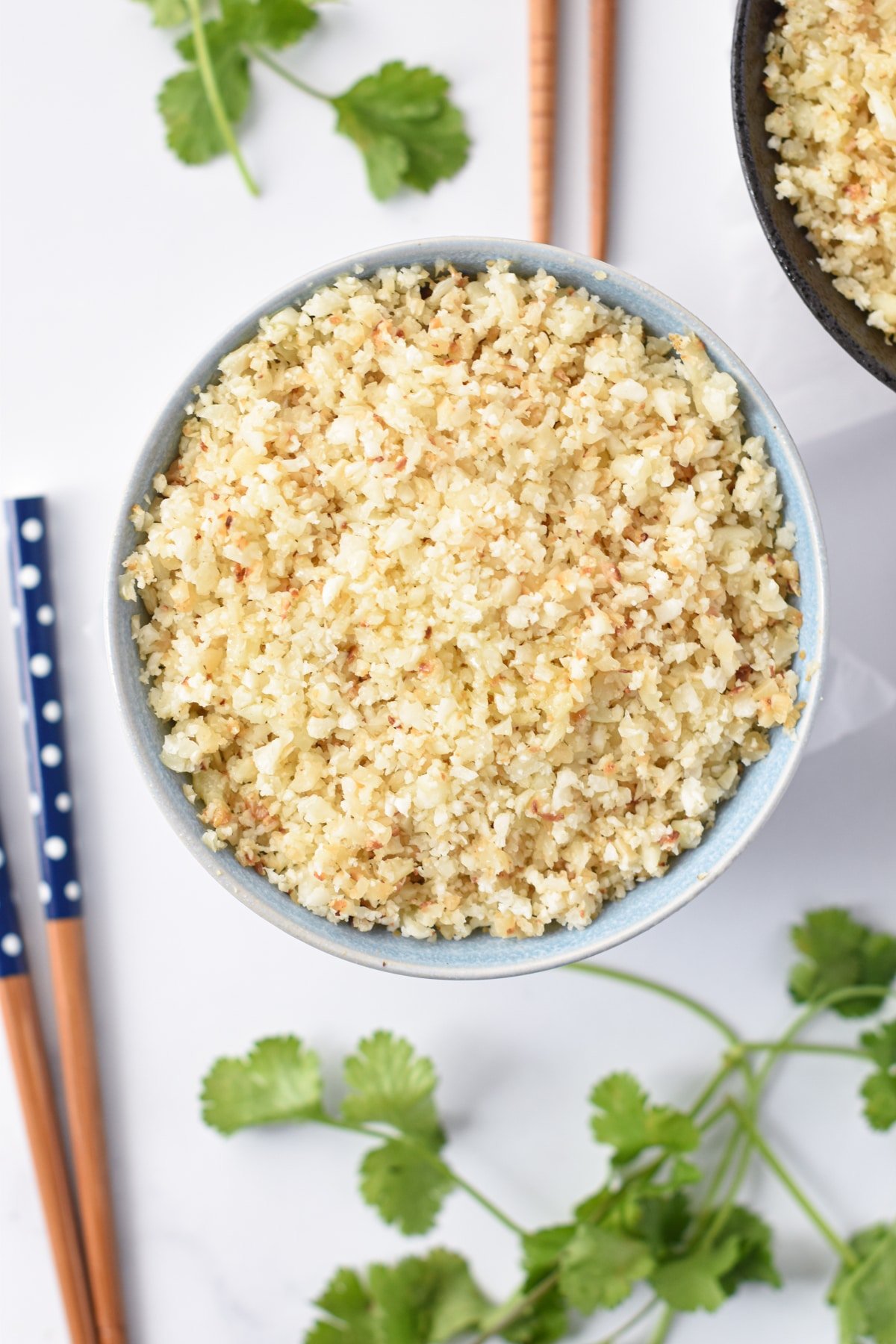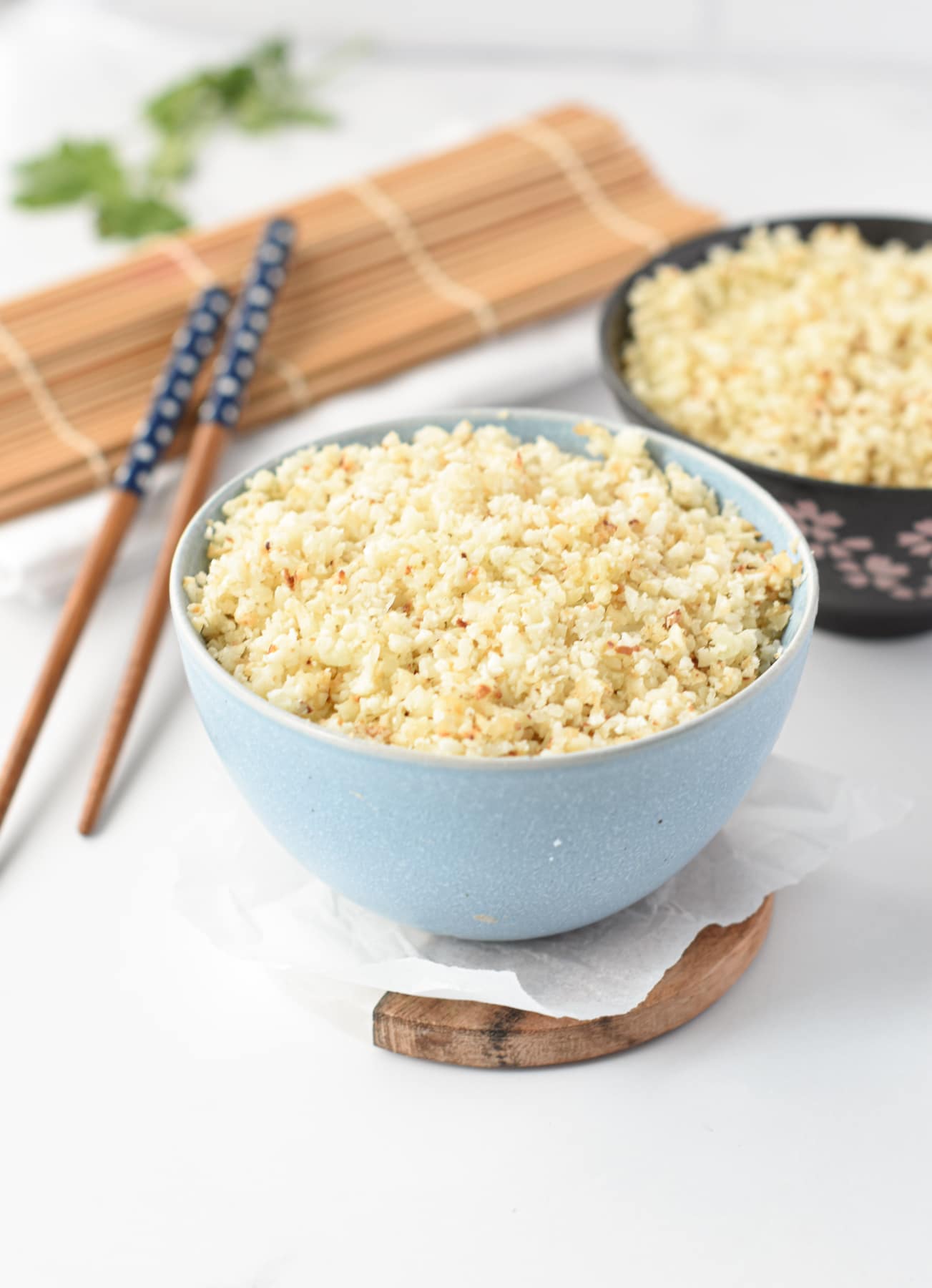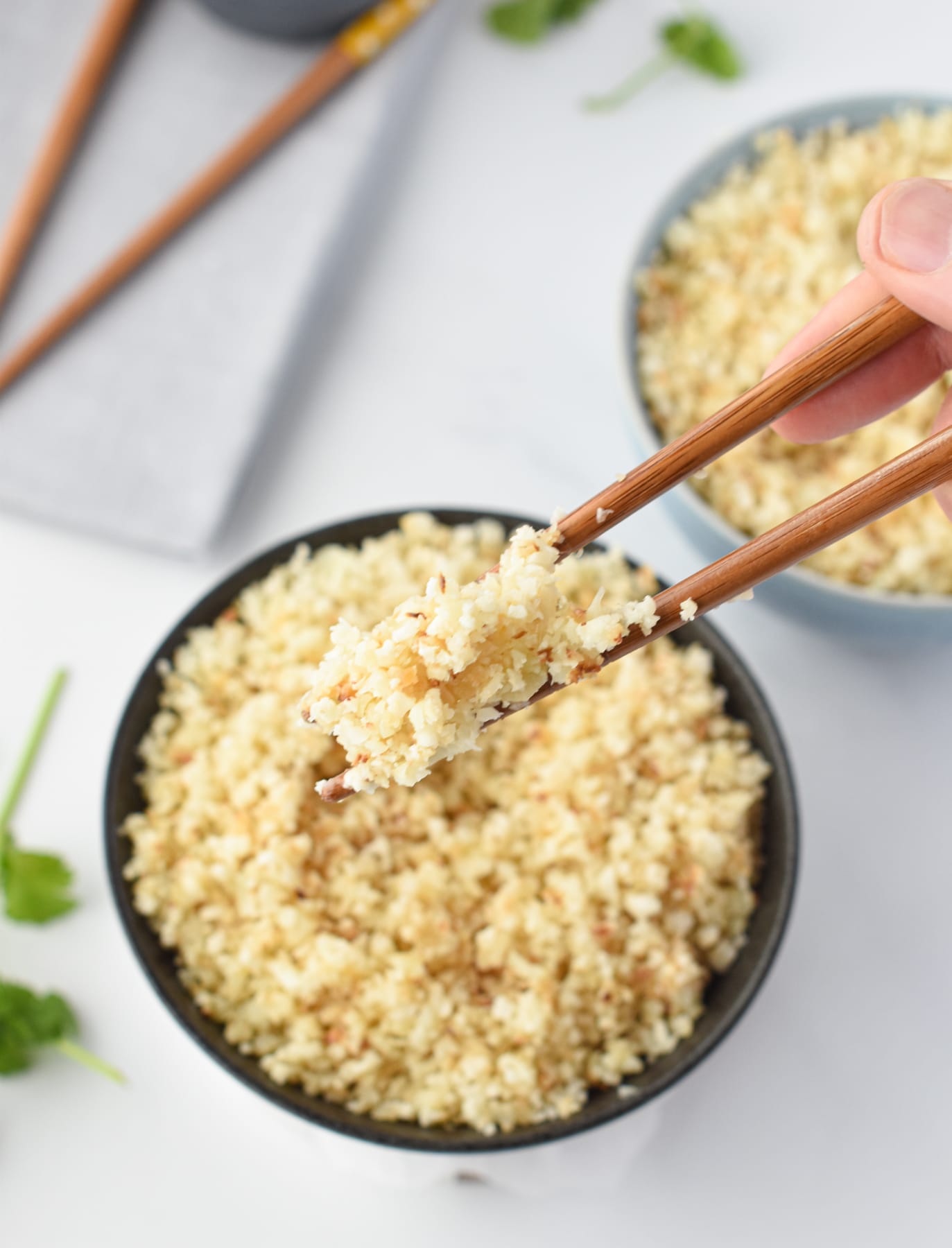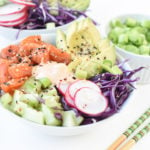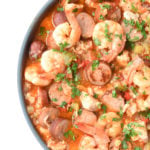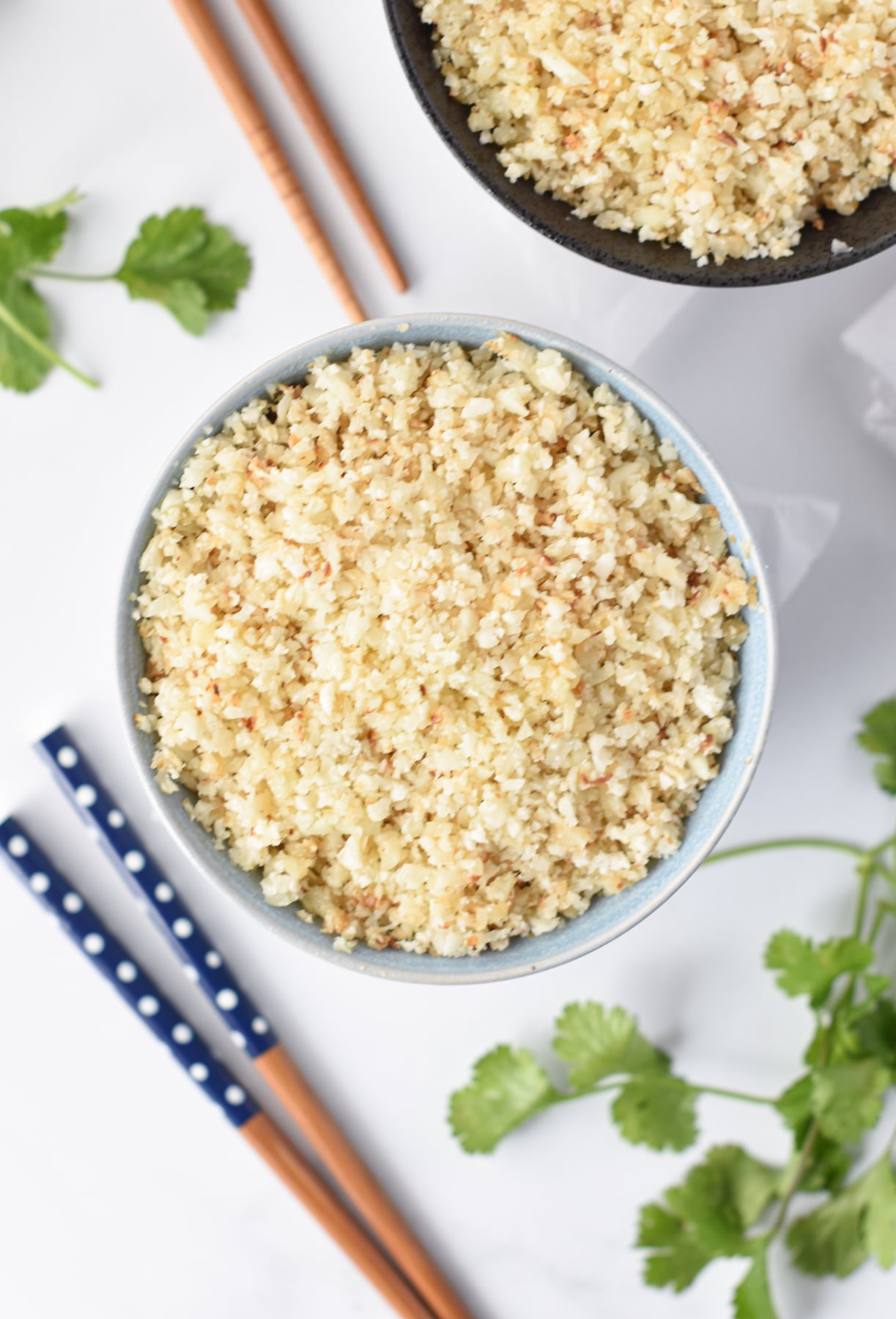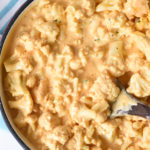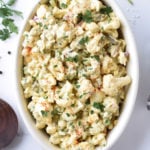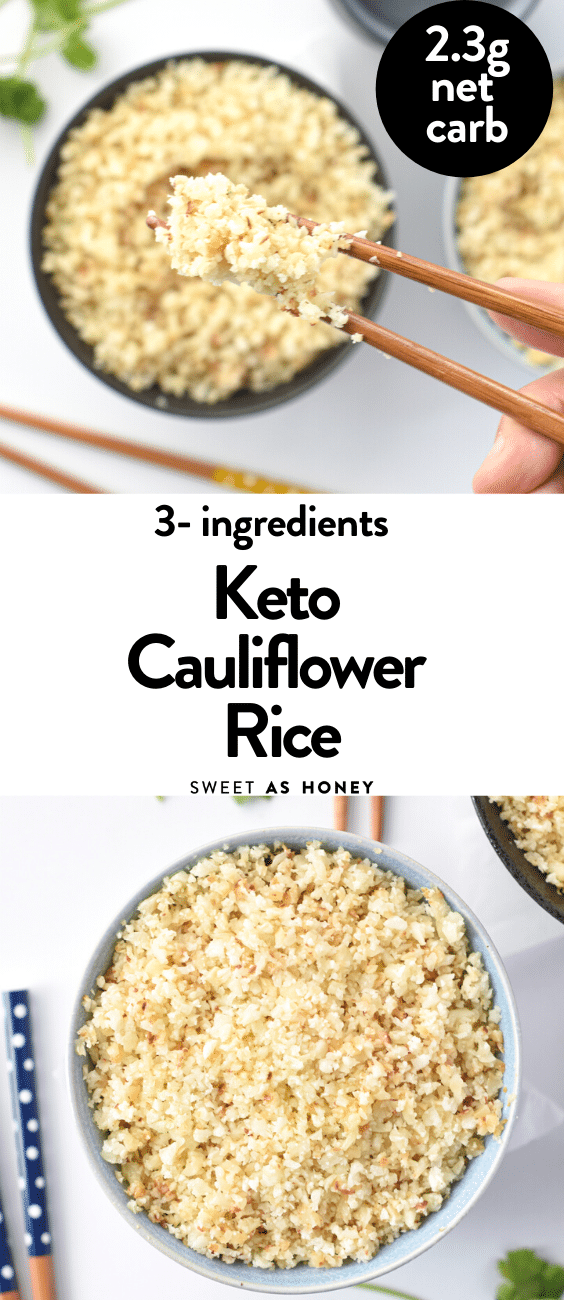Looking for delicious and hassle-free recipes that adhere to the keto diet? Look no further! In this article, we have compiled a list of 10 quick and easy keto recipes that will satisfy your taste buds without compromising your commitment to a low-carb lifestyle. From flavorful chicken dishes to mouthwatering desserts, these recipes are simple to make and packed with wholesome ingredients that follow the guidelines of the ketogenic diet. Whether you are a seasoned keto devotee or just starting your journey, these recipes are sure to become some of your go-to favorites. Get ready to impress your friends and family with these delightful meals that will keep you feeling satisfied and energized throughout the day. So, without further ado, let’s dive into these tantalizing keto recipes!
Instant Pot Keto Chicken Soup
– Ingredients
To make Instant Pot Keto Chicken Soup, you will need the following ingredients:
- 1 pound of boneless, skinless chicken breasts
- 4 cups of chicken broth
- 1 cup of diced celery
- 1 cup of diced carrots
- 1 cup of diced onion
- 2 cloves of garlic, minced
- 1 teaspoon of dried thyme
- 1 teaspoon of dried rosemary
- Salt and pepper to taste
- Fresh parsley for garnish (optional)
– Instructions
- Add the chicken breasts, chicken broth, celery, carrots, onion, garlic, dried thyme, dried rosemary, salt, and pepper to the Instant Pot.
- Close the lid of the Instant Pot and set the valve to the sealing position.
- Cook on high pressure for 10 minutes.
- Once the cooking time is up, allow for a natural pressure release for 10 minutes. After that, carefully do a quick pressure release.
- Remove the cooked chicken breasts from the Instant Pot and shred them using two forks.
- Return the shredded chicken back to the Instant Pot and stir well.
- Serve the Instant Pot Keto Chicken Soup hot, garnished with fresh parsley if desired.
Avocado and Bacon Stuffed Chicken Breast
– Ingredients
To make Avocado and Bacon Stuffed Chicken Breast, you will need the following ingredients:
- 4 boneless, skinless chicken breasts
- 2 avocados, pitted and mashed
- 8 slices of cooked bacon, crumbled
- 1 teaspoon of garlic powder
- 1 teaspoon of onion powder
- Salt and pepper to taste
- Toothpicks
– Instructions
- Preheat your oven to 375°F (190°C).
- In a bowl, combine the mashed avocados, crumbled bacon, garlic powder, onion powder, salt, and pepper.
- Cut a pocket into each chicken breast by making a horizontal slit along the side.
- Stuff each chicken breast with the avocado and bacon mixture, then secure the openings with toothpicks.
- Season the stuffed chicken breasts with additional salt and pepper if desired.
- Place the stuffed chicken breasts on a baking sheet lined with parchment paper.
- Bake in the preheated oven for 25-30 minutes or until the chicken is cooked through and no longer pink in the center.
- Remove the toothpicks before serving.
Spinach and Feta Stuffed Salmon
– Ingredients
To make Spinach and Feta Stuffed Salmon, you will need the following ingredients:
- 4 salmon fillets
- 2 cups of fresh spinach
- 1/2 cup of crumbled feta cheese
- 1 lemon, sliced
- Salt and pepper to taste
– Instructions
- Preheat your oven to 400°F (200°C).
- Season the salmon fillets with salt and pepper on both sides.
- Lay out a sheet of aluminum foil on a baking sheet and place the salmon fillets on top.
- In a bowl, mix together the fresh spinach and crumbled feta cheese.
- Divide the spinach and feta mixture evenly among the salmon fillets, placing it on top of each fillet.
- Place a lemon slice on top of each stuffed salmon fillet.
- Fold the sides of the aluminum foil over the salmon to create a packet, ensuring it is fully sealed.
- Bake the salmon in the preheated oven for 15-20 minutes or until the fish is cooked through and flakes easily with a fork.
- Serve the Spinach and Feta Stuffed Salmon with additional lemon slices if desired.
Cauliflower Crust Pizza
– Ingredients
To make Cauliflower Crust Pizza, you will need the following ingredients:
- 1 medium-sized cauliflower head, cut into florets
- 1/2 cup of shredded mozzarella cheese
- 1/4 cup of grated Parmesan cheese
- 1 teaspoon of dried oregano
- 1/2 teaspoon of garlic powder
- 1/4 teaspoon of salt
- 1/4 teaspoon of black pepper
- 1 large egg, beaten
- Pizza sauce
- Toppings of your choice (e.g., pepperoni, mushrooms, onions, bell peppers, etc.)
- Shredded mozzarella cheese for topping
– Instructions
- Preheat your oven to 425°F (220°C).
- Place the cauliflower florets in a food processor and pulse until they resemble rice-like grains.
- Transfer the cauliflower rice to a microwave-safe bowl and microwave for 5-6 minutes until tender.
- Once the cauliflower is cooked, place it in a clean kitchen towel and squeeze out as much moisture as possible.
- In a bowl, combine the cauliflower rice, shredded mozzarella cheese, grated Parmesan cheese, dried oregano, garlic powder, salt, black pepper, and beaten egg. Mix well.
- Line a baking sheet with parchment paper and transfer the cauliflower mixture onto it. Shape it into a circular or rectangular crust, about half an inch thick.
- Bake the cauliflower crust in the preheated oven for 12-15 minutes or until it becomes golden brown.
- Remove the crust from the oven and spread pizza sauce on top.
- Add your desired toppings and sprinkle shredded mozzarella cheese over the pizza.
- Return the pizza to the oven and bake for an additional 8-10 minutes or until the cheese is melted and bubbly.
- Slice and serve the Cauliflower Crust Pizza while hot.
Zucchini Noodle Alfredo
– Ingredients
To make Zucchini Noodle Alfredo, you will need the following ingredients:
- 4 medium-sized zucchini
- 2 tablespoons of olive oil
- 2 cloves of garlic, minced
- 1 cup of heavy cream
- 1/2 cup of grated Parmesan cheese
- Salt and black pepper to taste
- Chopped fresh parsley for garnish (optional)
– Instructions
- Using a spiralizer or vegetable peeler, create zucchini noodles from the zucchini.
- Heat the olive oil in a large skillet over medium heat.
- Add the minced garlic to the skillet and sauté for about 1 minute until fragrant.
- Add the zucchini noodles to the skillet and toss them with the garlic and oil. Cook for about 3-4 minutes, or until the noodles have softened slightly.
- Pour the heavy cream into the skillet and bring it to a simmer. Allow it to simmer for about 2-3 minutes.
- Stir in the grated Parmesan cheese until it is fully melted and incorporated into the sauce.
- Season the zucchini noodle Alfredo with salt and black pepper to taste.
- Remove the skillet from the heat and garnish with chopped fresh parsley if desired.
- Serve the Zucchini Noodle Alfredo immediately.
Bacon-Wrapped Asparagus
– Ingredients
To make Bacon-Wrapped Asparagus, you will need the following ingredients:
- 1 pound of asparagus spears, trimmed
- 8-10 slices of bacon
- Olive oil
- Salt and black pepper to taste
– Instructions
- Preheat your oven to 400°F (200°C).
- Drizzle the asparagus spears with olive oil, then season with salt and black pepper.
- Bundle 3-4 asparagus spears together and wrap a slice of bacon around them, securing it with toothpicks if necessary.
- Repeat the process until all the asparagus spears are wrapped in bacon.
- Place the bacon-wrapped asparagus bundles on a baking sheet lined with parchment paper.
- Bake in the preheated oven for 20-25 minutes or until the bacon is crispy and the asparagus is tender.
- Remove the toothpicks before serving.
Egg Salad Lettuce Wraps
– Ingredients
To make Egg Salad Lettuce Wraps, you will need the following ingredients:
- 6 hard-boiled eggs, peeled and chopped
- 1/4 cup of mayonnaise
- 1 tablespoon of Dijon mustard
- 1 tablespoon of chopped fresh dill
- Salt and black pepper to taste
- Lettuce leaves for wrapping (e.g., butter lettuce, romaine lettuce)
– Instructions
- In a bowl, combine the chopped hard-boiled eggs, mayonnaise, Dijon mustard, chopped fresh dill, salt, and black pepper. Mix well.
- Spoon the egg salad onto lettuce leaves, then fold or roll the leaves to create lettuce wraps.
- Serve the Egg Salad Lettuce Wraps chilled.
Lemon Garlic Shrimp
– Ingredients
To make Lemon Garlic Shrimp, you will need the following ingredients:
- 1 pound of raw shrimp, peeled and deveined
- 4 tablespoons of butter
- 4 cloves of garlic, minced
- Zest and juice of 1 lemon
- Salt and black pepper to taste
- Chopped fresh parsley for garnish (optional)
– Instructions
- In a large skillet, melt the butter over medium heat.
- Add the minced garlic to the skillet and cook for 1-2 minutes until fragrant.
- Add the shrimp to the skillet and cook for 3-4 minutes, or until they turn pink and opaque.
- Stir in the lemon zest, lemon juice, salt, and black pepper.
- Cook for an additional 1-2 minutes to allow the flavors to meld together.
- Remove the skillet from the heat and garnish with chopped fresh parsley if desired.
- Serve the Lemon Garlic Shrimp hot.
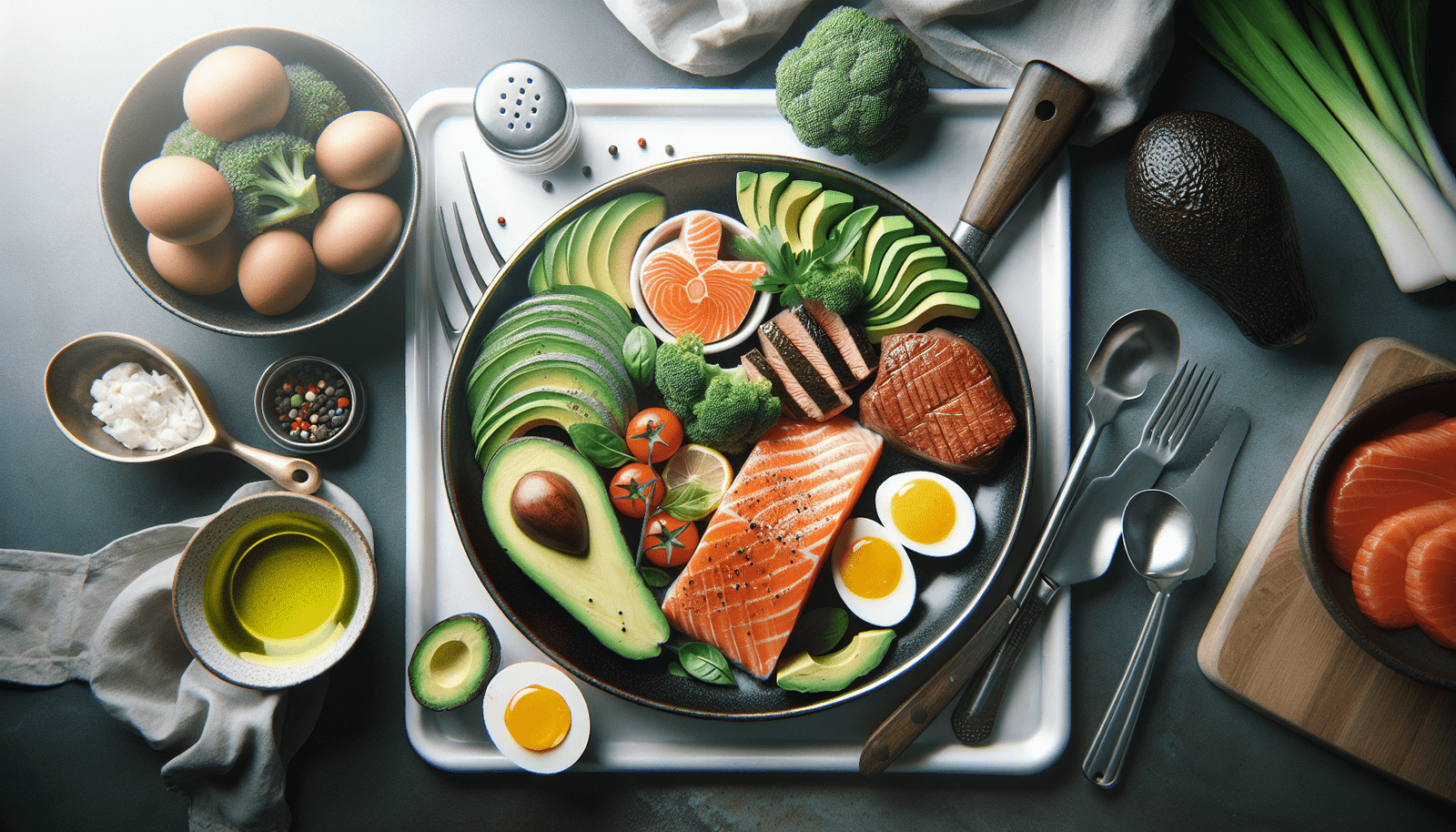
Broccoli and Cheddar Stuffed Chicken
– Ingredients
To make Broccoli and Cheddar Stuffed Chicken, you will need the following ingredients:
- 4 boneless, skinless chicken breasts
- 1 cup of cooked broccoli florets, finely chopped
- 1 cup of shredded cheddar cheese
- 1 teaspoon of garlic powder
- 1 teaspoon of onion powder
- Salt and black pepper to taste
– Instructions
- Preheat your oven to 375°F (190°C).
- Cut a pocket into each chicken breast by making a horizontal slit along the side.
- In a bowl, combine the chopped broccoli florets, shredded cheddar cheese, garlic powder, onion powder, salt, and black pepper.
- Stuff each chicken breast with the broccoli and cheddar mixture, then secure the openings with toothpicks.
- Season the stuffed chicken breasts with additional salt and black pepper if desired.
- Place the stuffed chicken breasts on a baking sheet lined with parchment paper.
- Bake in the preheated oven for 25-30 minutes or until the chicken is cooked through and no longer pink in the center.
- Remove the toothpicks before serving.
Greek Salad with Grilled Chicken
– Ingredients
To make Greek Salad with Grilled Chicken, you will need the following ingredients:
- 2 boneless, skinless chicken breasts
- 4 cups of mixed salad greens
- 1 cup of cherry tomatoes, halved
- 1 cucumber, cut into half-moons
- 1/2 red onion, thinly sliced
- 1/2 cup of Kalamata olives, pitted
- 1/2 cup of crumbled feta cheese
- 2 tablespoons of extra virgin olive oil
- 1 tablespoon of red wine vinegar
- 1 teaspoon of dried oregano
- Salt and black pepper to taste
– Instructions
- Preheat your grill or grill pan to medium-high heat.
- Season the chicken breasts with salt, black pepper, and dried oregano.
- Grill the chicken breasts for 6-7 minutes per side, or until they reach an internal temperature of 165°F (74°C).
- Remove the grilled chicken breasts from the heat and let them rest for a few minutes before slicing.
- In a large bowl, combine the mixed salad greens, cherry tomatoes, cucumber, red onion, Kalamata olives, and crumbled feta cheese.
- In a small bowl, whisk together the extra virgin olive oil, red wine vinegar, dried oregano, salt, and black pepper to make the dressing.
- Pour the dressing over the salad and toss well to coat.
- Divide the Greek Salad among plates and top each serving with sliced grilled chicken.
- Serve the Greek Salad with Grilled Chicken immediately.
With these 10 quick and easy keto recipes, you’ll be able to enjoy delicious and satisfying meals while staying on track with your ketogenic diet. From comforting soups to tasty wraps and flavorful seafood dishes, there’s something for everyone to enjoy. So grab your ingredients and get cooking – these recipes are sure to become favorites in your keto meal rotation. Bon appétit!
